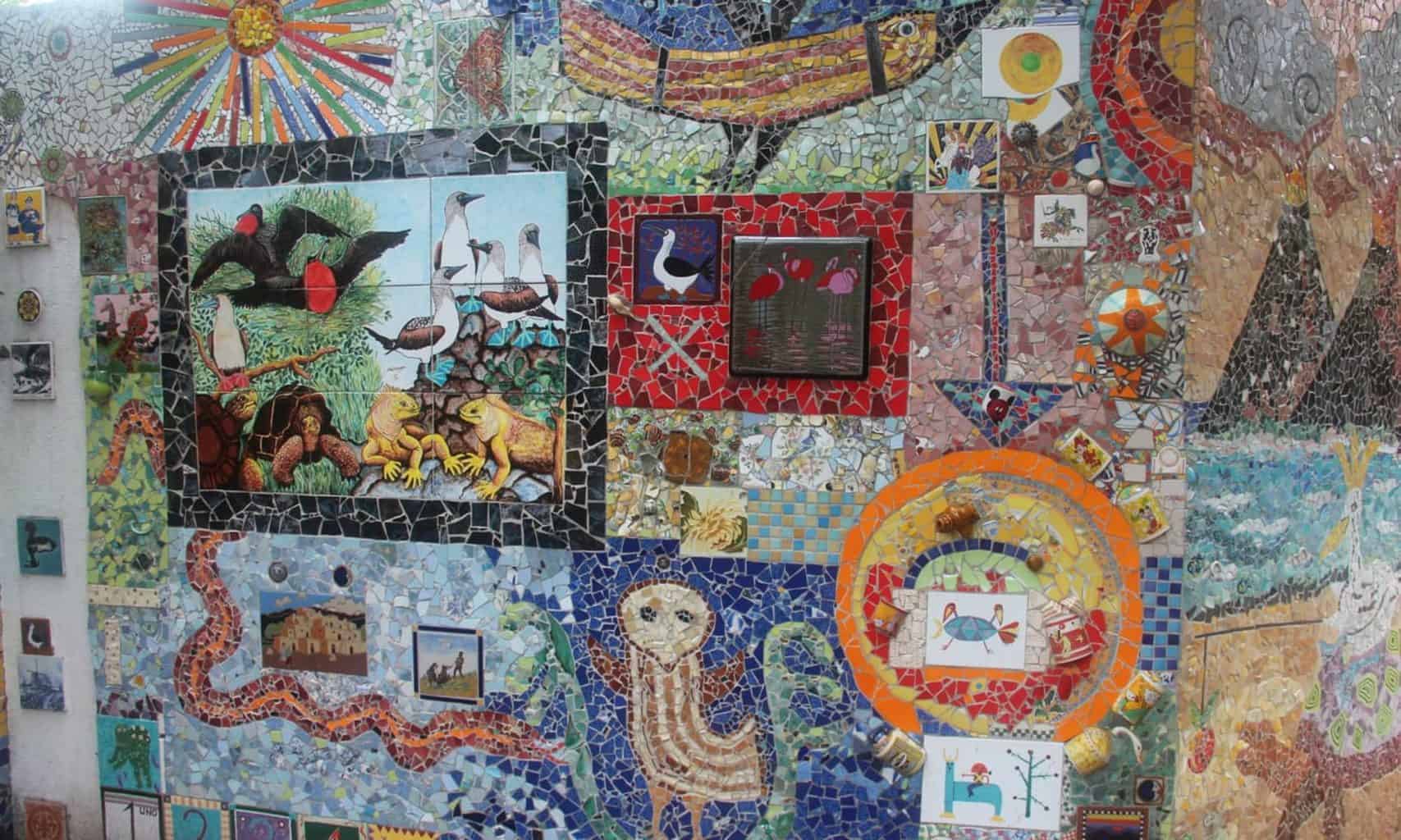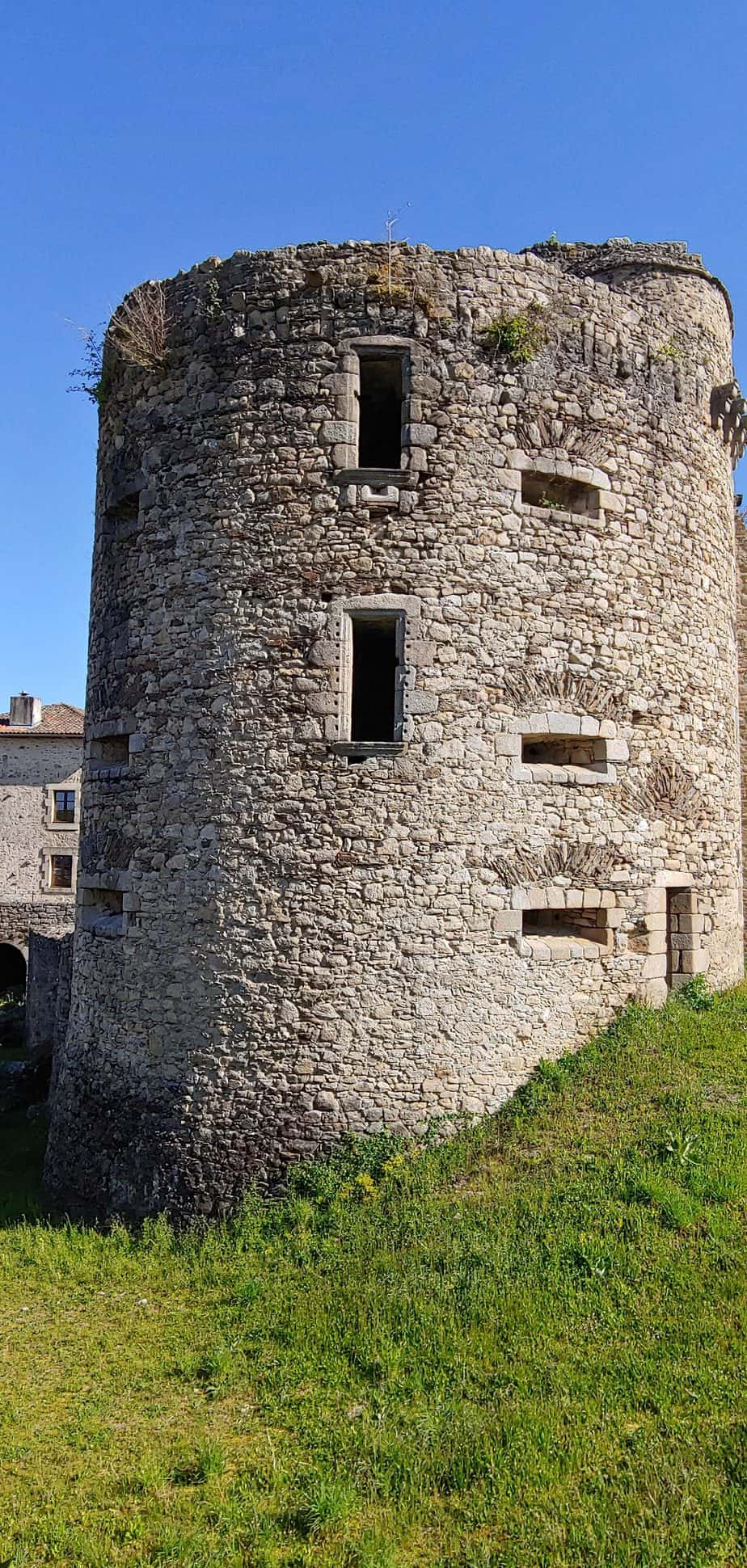Balance Matters!

The last time I was in an airport, I witnessed an impressive (to me, anyway!) feat. A young woman, while walking across the waiting area, noticed that one of her shoes was untied. She preceded to stop and tie the undone lace while balancing on the other foot.
I can’t confidently do that; I’m not certain if I ever could have done so. I do know, however, that I always used to stand on one foot while getting dressed. Now I usually sit on the bed or lean against a wall when putting on slacks or a skirt. I don’t really need to, and part of it is laziness, but it’s also an indication that I am less trusting of my ability to balance.
When I was a kid, I thought nothing of walking along a curb or a narrow plank. Now I have second thoughts when I come to a stream crossing that involves using rocks or a log. Unless the rocks are very stable or the planks across a stream are wide, I much prefer to wade through.
After my observation at the airport, I gave all of this some thought. I considered the fact that falls can be a very serious matter for seniors. The Center for Disease Control (CDC) says that “one in every three adults age 65 and older falls” each year. (I suspect that 1 in 3 of any age falls each year, but that’s another matter.) The CDC also says that falls are the leading cause of injury death for this age group and “in 2009, about 20,400 older adults died from unintentional fall injuries”. Even if older adults do not die from their falls, they are likely to sustain serious injuries that limit their activities and/or send them to a wheelchair.
Even though I have very healthy bones and am active, I have been slacking off and not continuing to do these simple exercises. Recognizing that a decline in stability is not serving me, I recently elected to sign up for a nearby adult-ed class that focuses not only on strength training and stretching, but also on balance.
From past experience, I know that I will see improvement. I remember how gratifying it is to have quick results from any physical regimen! Whereas most exercise seems to take forever to show any improvement, a few simple routines can make a world of difference in a short time.
I love my hiking poles and will continue to use them for their many benefits, but it is still important to have good balance for day-to-day activities as well as hiking ones.
Here are three things that have worked for me:
1. Start by standing (near a chair or other stable object if necessary for safety) on one foot and lifting the other for increasingly lengthy times. (I often do this (eyes open!) when doing other simple tasks — such as waiting for the microwave to heat water for tea, or when brushing my teeth.) When you are able to stand on the one foot for at least a minute, try doing this with your eyes closed. (recommended by my chiropractor, Richard Teel of Novato, CA.)
2. Stand on both feet, shoulder length apart. Walk 3 steps forward, then lift one foot and hold it up for one count. Walk another 3 steps forward and lift one foot again. Then take 3 steps backward, hold, 3 more back. Then go to the right 3 steps and hold, repeat. Then go to the left 3 steps and hold, repeat. Continue this series of stepping 3 steps forward, back, side, side, but with longer times of holding the one foot up. Increase to 2 counts, then 3, and then 10. (taught by instructor, Francesca Weiss, at Acalanes Adult Center, Walnut Creek, CA)
3. Sign-up for classes and practice in yoga, chi gong, and tai chi. Many communities have Adult Ed exercise classes that are low-cost — sometimes even free for seniors.
If you want to keep hiking and backpacking, keep in mind that you need more than strength and endurance. No matter what your age, you also need to have good balance because falls are the single most common cause of hiker fatalities!
author of Walk, Hike, Saunter: Seasoned Women Share Tales and Trails; Patagonia Chronicle: On Foot in Torres del Paine;
Camino Chronicle: Walking to Santiago; We’re in the Mountains Not over the Hill: Tales and Tips from Seasoned Women Backpackers.
www.susandalcorn.com

